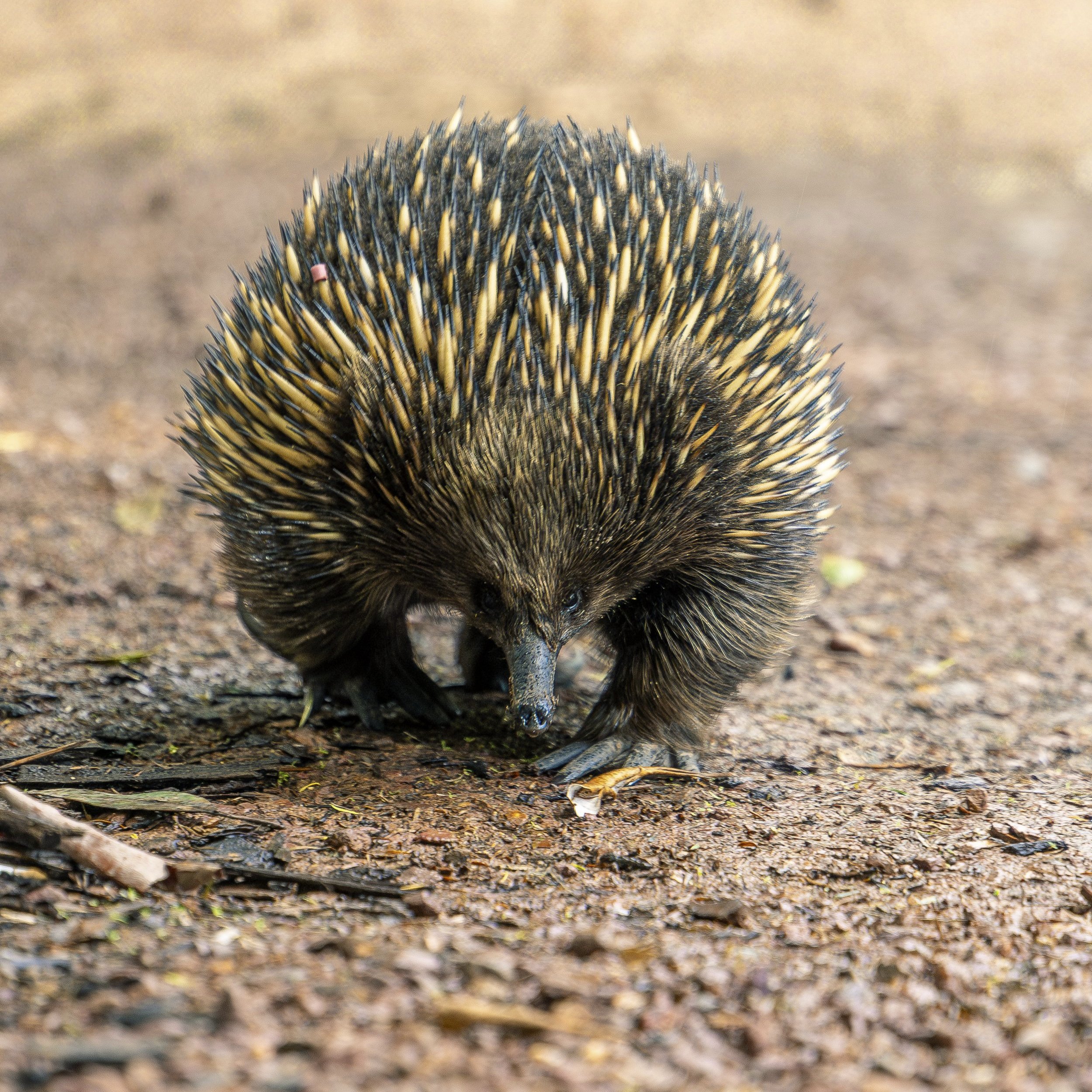Echidnas
Echidnas, often regarded as living relics of the past, offer fascinating insights into the evolutionary history of mammals. These spiky creatures, native to Australia and New Guinea, belong to a group called monotremes, distinguished by their unique method of reproduction – laying eggs instead of giving birth to live young, a trait shared with the platypus.
The echidna's adaptations are a testament to their ancient lineage. Their spiked fur serves as protection against predators, while their elongated snouts are perfectly adapted for foraging ants and termites. Unlike many modern mammals, echidnas possess a leathery snout equipped with electroreceptors, enabling them to detect prey through electrical signals, a feature that harkens back to primitive ancestors.
Fossil evidence suggests that monotremes date back to the time of the dinosaurs, making echidnas living examples of the diversity and resilience of earlier life forms. Their presence in a rapidly changing world highlights the evolutionary journey that has led to their survival amidst various environmental challenges.
In addition to their biological significance, echidnas are integral to the ecosystems they inhabit. By digging for insects and creating burrows, they contribute to soil aeration and promote biodiversity within their habitats.
As we explore the landscapes of Australia and New Zealand, the echidna stands as a reminder of the complex history of life on Earth, embodying the ancient and the contemporary, the wild and the familiar. Observing these creatures in their natural environment provides a poignant glimpse into a time when mammals were just beginning to diversify, marking a critical chapter in the story of evolution.
